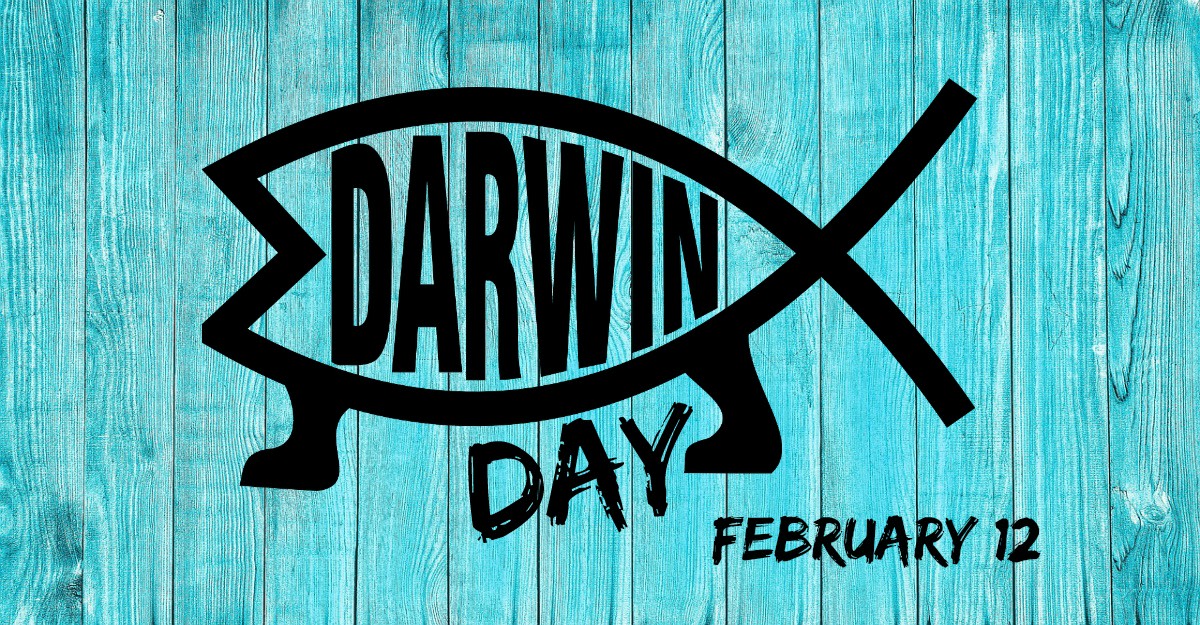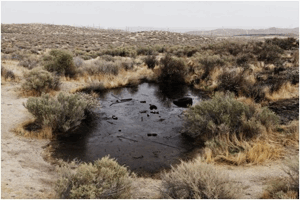
Happy Darwin Day
I begin with my comments and their responses to Forecast 2019: Ding Ding ! Margin Call USA in which extinct mammals play a central role. I began with by expressing my appreciation for Kunstler's use of a paleontological similie.
As a paleontologist, I also have to credit our host for likening Trump to "a behemoth land mammal of the Oligocene." The largest land mammal ever to walk the face of the planet was Paraceratherium, which lived during the Oligocene and was twice the size of an elephant. Still, any metaphor can only go so far, as I would like to think the beast was more majestic than Trump ever could be.Here is a reconstruction of a Paraceratherium compared to an African Elephant and a modern human.

K-Dog, my favorite commenter at Kunstler's blog who I've mentioned here and has commented on this blog, responded with "Giant ground sloth I think." That prompted me to reply.
Happy New Year, K-Dog! Now that you've brought up the topic, you've made me realize that I've never written about ground sloths at my blog. Their living cousins the tree sloths have earned my attention instead. I'll have to correct that oversight, especially since there is a PBS Eons video about them. Maybe for Darwin Day. If so, I'll try to remember to thank you.On that note, I present How Sloths Went From the Seas to the Trees from PBS Eons.
The story of sloths is one of astounding ecological variability, with some foraging in the seas, others living underground, and others still hiding from predators in towering cliffs. So why are their only living relatives in the trees?Thank you, K-Dog. Now for the rest of my response to you.
Also that's an apt comparison, right down to size, shambling gait, and being as stupid and more dangerous than it looks. The only problem is that the giant ground sloths are Pleistocene critters, not Oligocene. I worked among their fossils when I did my M.S. thesis at Rancho La Brea.Kunstler responded to both of us, much to my astonishment.
I actually wrote a novel about the giant ground sloth: “An Embarrassment of Riches,” (Doubleday, 1985). Wasn’t well received. Set in 1805. My two heroes, uncle-and-nephew botanists from Phila, are sent on a mission to the Southern wilderness by Jefferson to find Megatherium, the giant sloth. They have many peculiar adventures…. It was fun to write — JHKHere is my favorite cover to the book out of three versions.

Now I'll actually have to read it.
Kunstler mentioned ground sloths again in State of the Union.
"[L]ocal hero rapper Big Boi’s triumphal entry in a limo, nearly lost inside what looked like the pelt of a giant ground sloth — an eight-year-old’s idea of what it means to be important" — once again, a paleontological reference! Keep them coming, I love them! I'll be sure to remember them for Darwin Day, which is next week!True to my word, I'm posting them here.
That's not all. Follow over the jump for another exchange involving Kunstler, K-Dog, and prehistoric animals.
I responded to another paleontogical reference Kunstler made in Enter, Stage Center.
"Poor Mr. Trump will be left groaning and bellowing in that tar pit of fiscal ruin like a doomed mastodon while the saber-toothed cats prowl the sagebrush flats around him." I enjoy your paleontological references even more than when you reference "The Fourth Turning" and other works of Strauss and Howe. However, as the world's expert on the fossil snails and clams of Rancho La Brea who also looked at the plant fossils from the deposit, the area around the corner of Wilshire and Fairfax was not mostly sagebrush flats, even though sagebrush fossils have been identified from the deposit. It looked more like Big Sur does today, complete with redwood groves surrounded by chapparal upstream.I am sharing a reconstruction of Ice Age Los Angeles that I consulted on, which shows what I had in mind (full-sized version here).

The redwoods are hard to see in the hills that will become Griffith Park and Cahuenga Peak, where the Hollywood sign now stands, but they're there.
K-Dog responded to me here, too.
When I was there the lower level featured a large mural that showed a water hole in an area of grassland. Critters would think the pits a water hole and come to drink when it was covered over with rain. Stick a foot in and; that’s it that’s all. Lots of ‘Dire Wolves’ got stuck and fell in. Big stocky badass wolves. Ice age wolves. arrrrrrrrrooooooooo!I'm not sure which mural K-Dog had in mind, but here's one reproduced by The Orange County Register that seems to fit his description.

Since K-Dog mentioned dire wolves, I'm sharing Life, Sex & Death Among the Dire Wolves, also from PBS Eons.
This is not a Game of Thrones fan fiction episode. Dire wolves were real! And thousands of them died in the same spot in California. Their remains have taught us volumes about how they lived, hunted, died and way more about any animal’s sex life than you’d ever want to know.I remember being told about this particular specimen when I worked at the Tar Pits Museum, but I never saw it until this video. Thanks to PBS Eons for showing it to me and K-Dog for inspiring me to embed it here.
I wasn't done responding to Kunstler.
If you want sagebrush flats around tar pits, try McKittrick, which is west of Bakerfield. I used to work there, too, and it very much fits that description.Here's a photo of one of the pits at McKittrick showing the sagebrush and other scrub around it.


*ETA: I looked at the wrong year. Fat Tuesday was this early last year. It's actually March 5 this year!
Wow! Kunstler!I had to give up reading Clusterfuck Nation about a year ago due to his rabid hatred of something of which I have no memory of now, ha ha. I even remember k-dog but unfortunately I have no recollection of his/her comments either.
ReplyDeleteBTW, been following you for years and enjoy it. I started it because of your "Mote In Gods Eye" link:)
Thanks for returning and commenting.
DeleteAs for getting mad at Kunstler for his views, I can relate. I didn't comment at his blog for about a year and only resumed doing so last July.